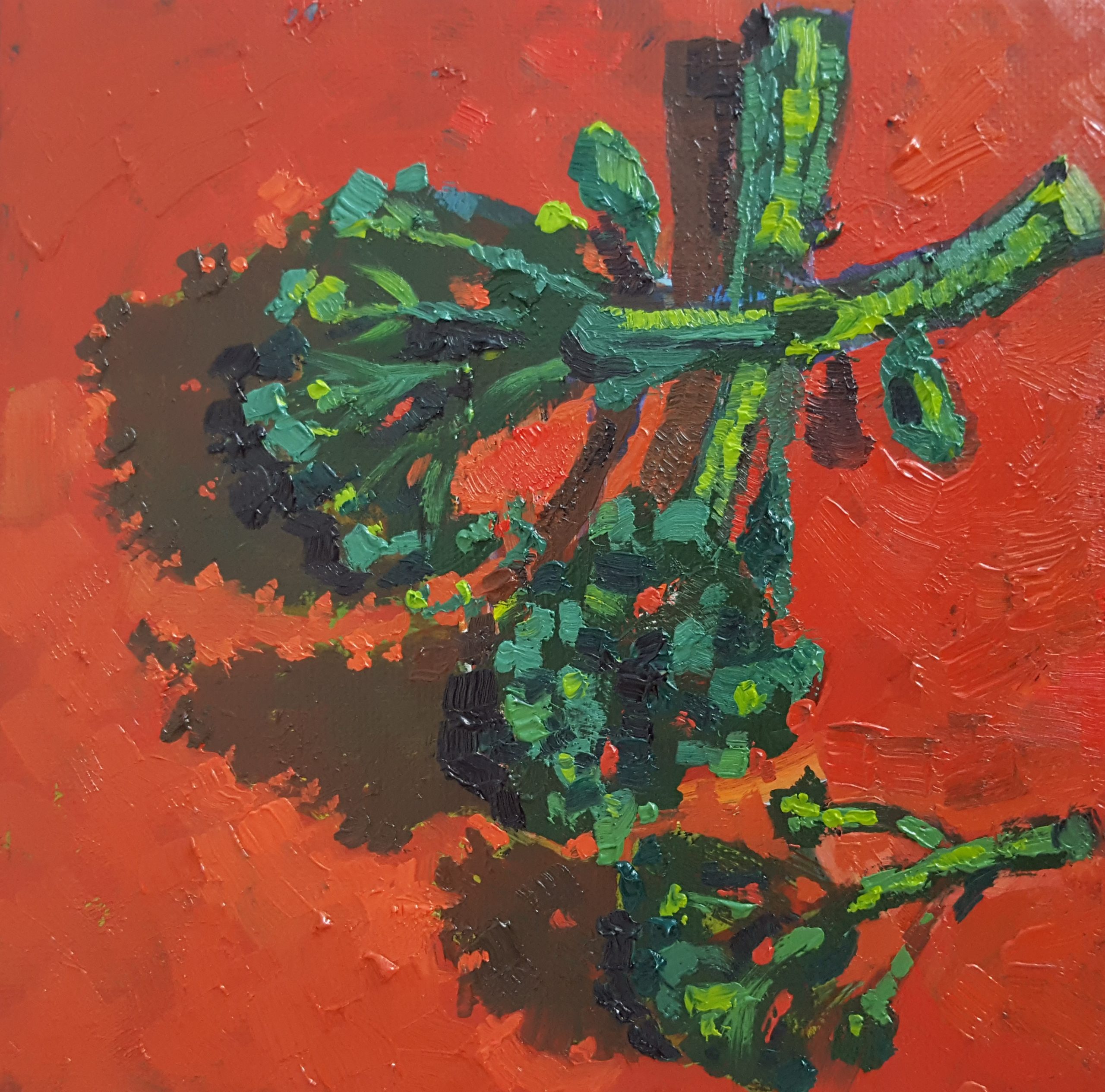Shear elastic deformation and particle packing in plant cell dispersions
Analysis of the linear elastic behaviour of plant cell dispersions improves our understanding of how to stabilise and texturise food products.
P. Lopez-Sanchez, V. Chapara, S. Schumm, R. Farr
















The relationship between small amplitude oscillatory rheological properties and microstructure of plant cell suspensions was studied. Carrot, broccoli and tomato were selected as model plant systems to generate particles with different microstructures: clusters of cells with smooth or rough edges and single cells. By analysing the compressive stress undergone by the plant cells under centrifugation, and comparing this to oscillatory rheometry, agreement was found between the compressive stress required to compress the dispersions to higher insoluble solids dry mass fractions, and the elastic shear modulus of the plant dispersions. This indicated that centrifugation is acting as a crude rheological measurement on the samples, rather than measuring any well-defined “particle phase volume”. We estimated the theoretical critical dry mass fraction above which smooth, roughly spherical, elastically interacting particles would acquire a non-zero G′, and compared this with the experimental values. Our results give evidence that for the three vegetable suspensions considered here, the elastic rheology observed is not coming simply from the packing of smooth particles, but is dominated in the dilute limit by attractive forces or interaction of asperities, and in the concentrated limit by deformation and buckling acting together. Improved understanding of the particles and their packing would help in the structuring of food products without adding other texturising or stabilising agents.